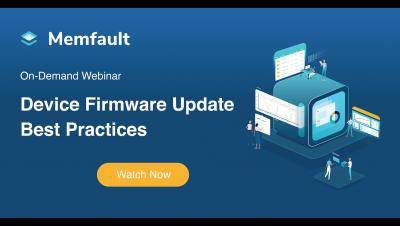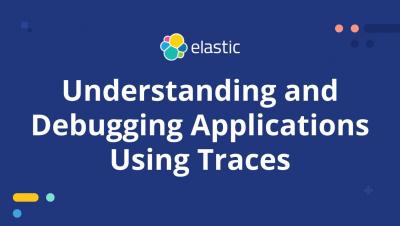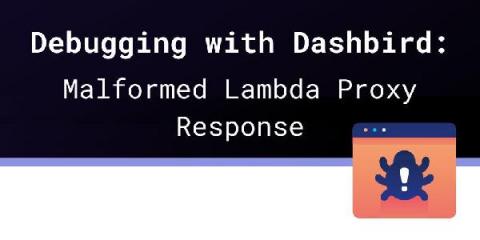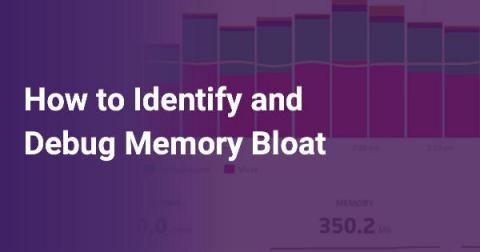Refine Your Observability Experience at Scale
Today, we announced that Refinery is now generally available. With Refinery, it’s now easy to highlight the critical debugging data you need and to stop paying for the rest. Refinery is a sampling solution that lets you control resource costs at scale without sacrificing data fidelity. Support for Refinery is now also included in Honeycomb Enterprise plans.











